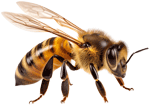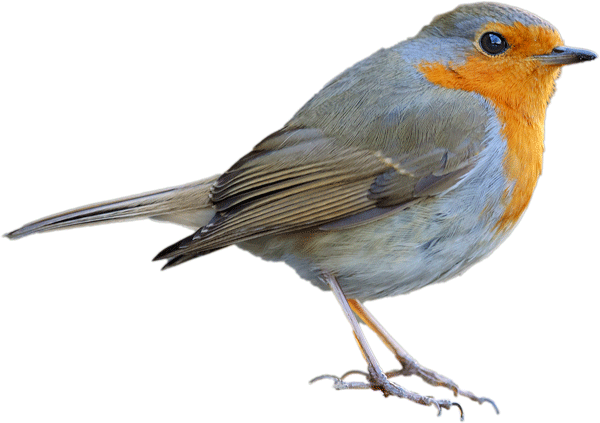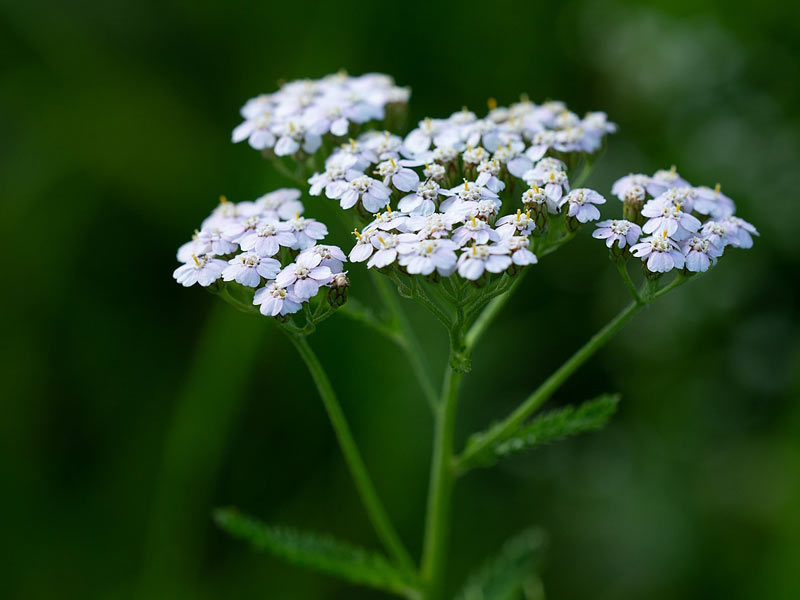




The plant life of the restoration area has been surveyed, in order to see what's there, and monitor any changes in biodiversity over time.
An initial survey was carried out in 2019, but this was a preliminary scan, rather than a full systematic study. A full survey was carried out on May 19th
2022. It is intended to survey the site every two years, with the latest being carried out in July 2024.
The findings of the surveys are species lists. We hope that as we will soon have two systematic surveys we will be able to extract some conclusions from
them.
The 2019 survey found 64 species, while the 2022 survey found 131. Since the surveys were done differently, we can't claim a huge increase in
biodiversity between the two years! Of interest is the presence of bluebells, primrose and buttercup, as these are indicator species for
ancient woodland. Clearly, this ground has been used as it is for a long time.
Cow parsley (Anthriscus sylvestris), dandelion, ground elder (Aegopodium podagraria), speedwell (Veronica) and stinging
nettle (Urtica dioica) were
all found in the surveys. These are all indicator plants for nitrogen-rich soil, so it looks like the process of impoverishing the soil
to encourage wildflower growth has a little way to go.
Many of the plants have lovely old folk names, such as Beaked Hawk's-beard (Crepis vesicaria), Common Mouse-ear (Cerastium fontanum) or
Jack by the Hedge (Alliaria petiolate).

